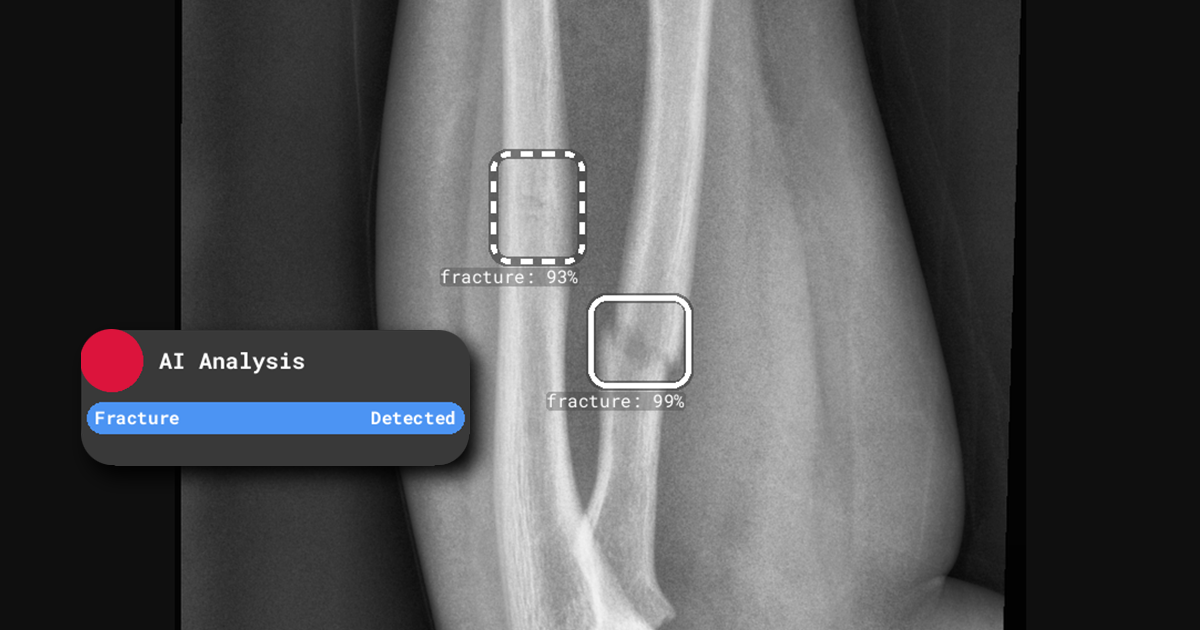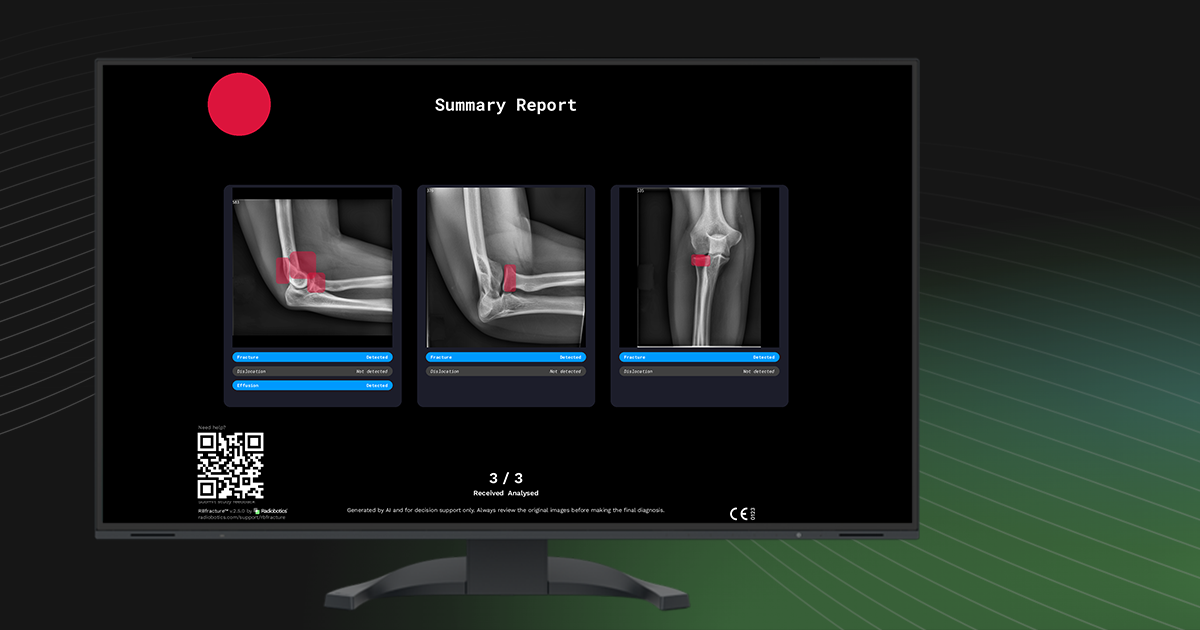Enhancing workflows for trauma and MSK detection
In enhancing workflows for trauma and musculoskeletal (MSK) detection, efficiency and accuracy are crucial. With advancements in AI and 3D imaging, innovative solutions are helping clinicians make better decisions and streamline workflows. Blackford spoke with experts from Radiobotics and Axial3D at RSNA 2024 to explore how technology is transforming trauma and MSK detection.
AI-powered fracture detection for Emergency and Radiology departments
Radiobotics is at the forefront of AI-driven MSK imaging, particularly in fracture detection. With their flagship product, RBfracture™, the company has been expanding globally, ensuring wider regulatory approvals and accessibility. Their focus isn’t just on emergency departments — Radiobotics is also integrating AI-powered fracture detection into radiology units, enhancing workflows for trauma and MSK detection by ensuring a seamless workflow across multiple points of care.
Looking ahead to 2025, Radiobotics aims to enhance its AI models beyond fracture detection, covering additional areas of interest for physicians. By broadening their scope, they aim to provide comprehensive AI support throughout the patient journey.
The future of trauma and MSK imaging
With 2025 on the horizon, the future looks promising for AI-driven solutions in trauma and MSK imaging.
Both Radiobotics and Axial3D are driving significant improvements in trauma and MSK detection. Through AI-powered automation and advanced 3D modeling, these companies are not only improving diagnostic accuracy but also streamlining workflows for healthcare professionals. As technology continues to evolve, the integration of AI and automation will play an even more prominent role in enhancing patient care and efficiency in medical imaging.



